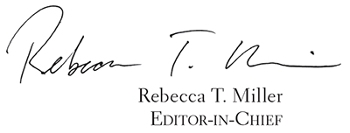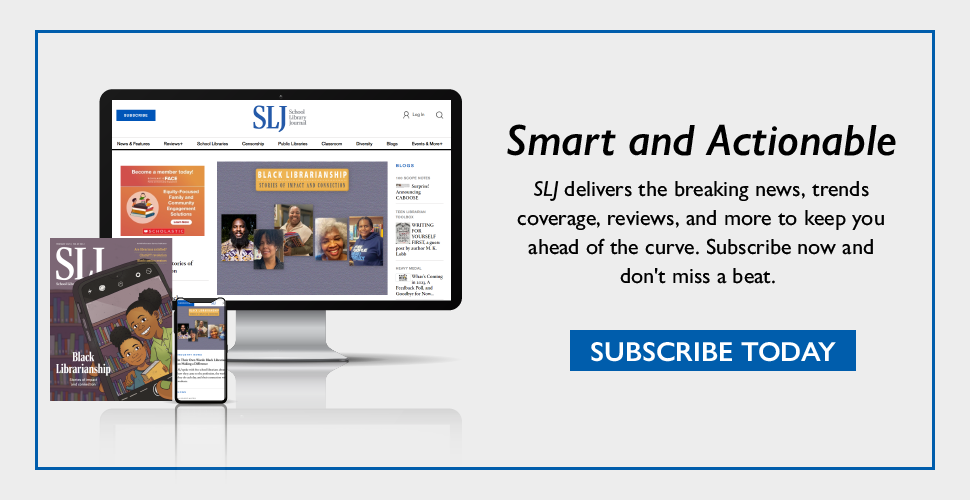Let’s Co-Create | Editorial
As a strategic approach, co-creation works for problems large and small, but it's especially useful for a complex issue or when moving into unchartered territory.
 What is possible in an environment that is truly collaborative from start to finish—where each person, be they convener or participant, is tasked with “co-creating” together?
What is possible in an environment that is truly collaborative from start to finish—where each person, be they convener or participant, is tasked with “co-creating” together?
Co-creation is just what it sounds like: various stakeholders come together to envision and realize something new via a deeply collaborative process. It’s a mechanism for collective empowerment through individual ownership of the contributions needed to shape a path forward. Librarians are getting better and better at engagement all the time—seeking and using feedback, gathering advisory groups, participating in committees, and more. Co-creation is a further step along the engagement continuum. The best committees co-create from time to time, but it takes committee work to the next level. Co-creators don’t just contribute to a process: they have ownership of the problem and the potential solution from the beginning.
I’ve been involved in many new initiatives, committees, and boards over the years, but have only engaged in purposeful co-creation in my involvement with the New York Library Association (NYLA) Sustainability Initiative. I’ve been interested in co-creation ever since. This intentional approach to collaborative thinking requires everyone to be invested in succeeding. The responsibility is real, spurring a deeper investment in potential solutions.
NYLA SI co-chairs Rebekkah Smith Aldrich and Matthew Bollerman had worked together on sustainability issues for some time, but took a co-creation approach to the formation of the Sustainability Initiative because, as Aldrich says, they “knew they didn’t have all the answers or what it would look like and we wanted to invite others to think it through with us.” Bollerman had come across the concept of co-creation when working on a project with John Boecker, founding member of the green design firm 7group, and they applied the approach.
Sustainability is “such a big issue. No one person can figure it out on their own, just like a library can’t solve its community’s issues on its own,” says Aldrich. “A distributed leadership model for collective impact is key to our success.”
Importantly, in a co-creation environment, leadership emerges from throughout the group rather than top down, and it comes and goes. Allowing this particular dynamic to occur can take some discipline from everyone involved—known leaders might have to step back, and moderators might have to ensure they create space for everyone to voice ideas and contribute. Modeling an open state of active learning helps. It also can transform an institution’s relationship with the individuals it serves, contribute to skill-building, and foster community.
Co-creation can be applied to problems large and small, but the strategy is especially useful, it seems to me, when a problem is complex or when moving into uncharted territory. We at SLJ are interested in exploring this more, which is just one reason we’re focusing on libraries engaged in co-creation for the program of our Public Library Think Tank, coming up March 7–8 in Miami, titled “The Future Is Theirs: Community Co-Creation with Kids and Teens.”
We’ll be looking at co-creation as a strategic approach, as well as how versions of co-creation can deepen collections, spur better space design, reshape programming inside and out, inform outreach, enable tech initiatives, and more. If you are engaged in co-creating library services with kids and teens, we’d love to hear from you.

RELATED
The job outlook in 2030: Librarians will be in demand
The job outlook in 2030: Librarians will be in demand
ALREADY A SUBSCRIBER? LOG IN
We are currently offering this content for free. Sign up now to activate your personal profile, where you can save articles for future viewing






Add Comment :-
Be the first reader to comment.
Comment Policy:
Comment should not be empty !!!